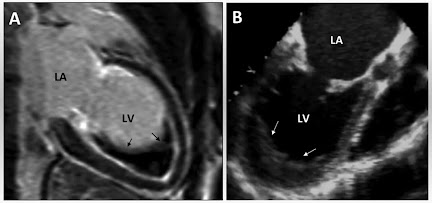Legionella pneumonia or Legionnair's disease
It is a epidemic disease caused by gram-negative bacilli, legionella pneumophila that thrives in aquatic environment. It was first recognised in those person that attending American legion convention in Philadelphia in july 1976 and hence the name.
Etiopathogenesis : This disease is epidemic occur in summer season due to
i. Spread of organism through contaminated water or air conditioning cooling towers.
ii. Immunosuppressed person ( corticosteroid therapy, old age)
iii. Cigarette smoking
MORPHOLOGICAL FEATURES :
Grossly :
i. Consolidation of the entire lung.
ii. Pleural effusion is frequently present.
Histologically :
i. Intra-alveolar exudate, initially of neutrophils later composed mainly macrophages.
ii. Alveolar septa shows foci of hyperplasia of the lining epithelium and thrombosis of vessels in the septa.
iii. Special stains shows organism in the macrophages.
|
Features
|
Lobar Pneumonia
|
Lobular Pneumonia
|
Interstitial Pneumonia
|
|
Definition
|
It is an acute bacterial infection
of a part of lobe or entire lobe or even two lobes of one or both the lungs.
|
It is the infection of terminal
bronchioles that extend into the surrounding alveoli resulting in patchy
consolidation of lung.
|
It is characterized by patchy
inflammatory changes generally confined to interstitial tissue without any
alveolar exudates.
|
|
Etiology
|
Pneumococci, Staphylococcal pneumonia.
|
Staphylococci, Streptococci etc.
|
Respiratory Syncytial Virus (RSV), Mycoplasma pneumoniae.
|
|
Morphology
|
Stage of congestion (1-2 days),
Red hepatisation (2-4 days),
Grey hepatisation (4-8 days),
Resolution (8-9 days)
|
Patchy consolidation with central
granularity, alveolar exudate, thickened septa.
|
Patchy to massive and widespread
consolidation of one or both the lungs.
|
|
Clinical features
|
Shaking, Chills, Fever, Malaise, Chest pain, Dyspnoea,
Tachycardia, Tachypnoea and Cyanosis.
|
Shaking, Chills, Fever, Malaise, Chest pain, Dyspnoea,
Tachycardia, Tachypnoea and Cyanosis, Mottled patches lung in X-rays.
|
Initially – Fever, Headache, Muscles pain.
Later – Dry, Hacking, Cough with retrosternal burning.
|
|
Complications
|
Organisation, Pleural effusion,
Empyema, Lung abscess, Metastatic infection.
|
Organisation, Pleural effusion,
Lung abscess, Empyema.
|
Interstitial fibrosis and
permanent damage.
|
CLINICAL FEATURES : This disease starts with-
i. Malaise.
ii. Headache.
iii. Muscles aches.
iv. High grade fever.
v. Chills.
vi. Cough.
vii. Tachypnoea.
viii. Abdominal pain.
ix. Water diarrhoea.
x. Proteinuria.
xi. Mild hepatic dysfunction.






No comments:
Post a Comment
Please do not enter any spam link in the comment box